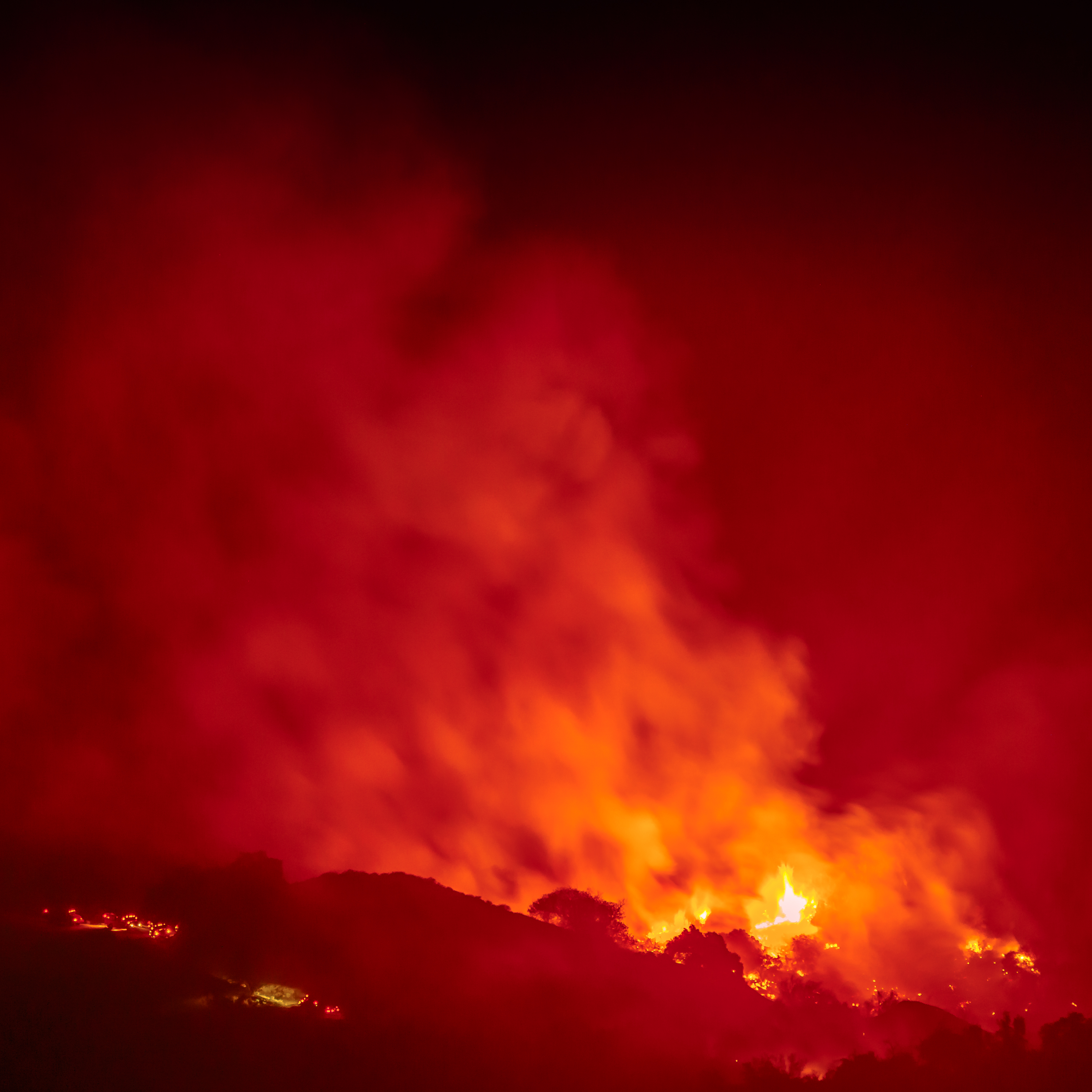Summer wildfire seasons in California routinely break records. The average summer burn area in forests in northern and central portions of the state have increased five times higher between 1996 and 2021 than between 1971 and 1995.
Although the drivers of increased temperature and dryness are known, the contribution of human-caused climate change to wildfire activity, relative to natural climate variation, is unclear.
However, a new study by a Lawrence Livermore National Laboratory (LLNL) scientist and collaborators shows that nearly all the recent increase in summer wildfire burned area is attributable to human-caused (anthropogenic) climate change. Anthropogenic simulations yielded burn areas an average of 172% higher than natural variation simulations. The research appears in the Proceedings of the National Academy of Sciences.
The team, led by Marco Turco from the University of Murcia, Spain, modeled the climate drivers of summer wildfire activity in California, both with natural climate variation alone and with anthropogenic climate change effects.
Beginning in 2001, the team found, the drivers of increasing summer burn area are all anthropogenic, with no detected natural forcing component of enhanced burn area. Although repeated wildfires consume fuel and limit the activity of subsequent fires in the same area, the team estimated that the next decades, between 2031 and 2050, may see a further increase in average summer burn area in California of up to 52% more than current average burn areas.
“The results show the role of human-caused climate change in driving fire activity and highlight the need for protective adaptations against summer wildfire seasons,” said LLNL scientist Don Lucas, a co-author of the study.
Over the past 50 years, the area burned by summer wildfires in California has been increasing. The ten-largest California wildfires all happened in the last 20 years, five of which occurred in 2020 and eight after 2017. Besides their immense environmental impacts, these fires also have had widespread negative impacts on human health and mortality and numerous socio-economic consequences.
Non-climatic factors that have been implicated in changing wildfire characteristics include land management that has facilitated fuel buildup, which favors increased burn severity, the increased susceptibility of California’s aging power grid to extreme weather and increased development in fire-prone areas that changes ignition patterns and fire management.
“Beneath these ‘external’ factors, natural climate variability also influences the occurrence and severity of forest wildfires, creating a noise that can mask the signal of human-caused impacts on wildfire changes,” Lucas said.
Using the latest simulations for climate change attribution and detection studies and accounting for the uncertainties arising from the data-driven climate-fire model and climate models, the team quantified the influence of human-caused climate change on the burned area in recent years.
“We show that nearly all of the observed increase in burned area in California over the past half century is attributable to human-caused climate change,” Lucas said.
Other institutions involved in the study include the University of Murcia, Spain, University of California, Merced, University of Cantabria, Spain, University of California, Los Angeles, University of California, Irvine, and the Barcelona Institute for Global Health.
The LLNL work was funded by a UC-National Lab Collaborative Research and Training Award on Mitigating and Managing Extreme Wildfire Risk in California.
